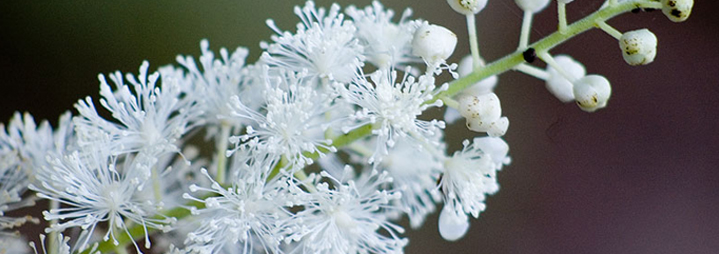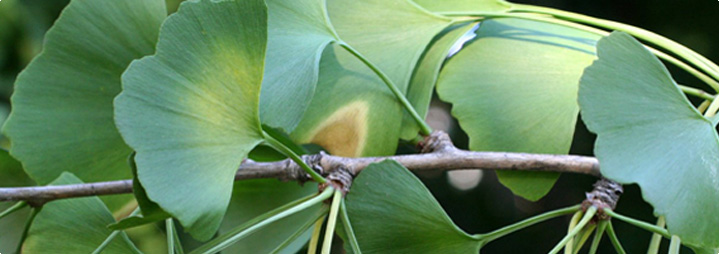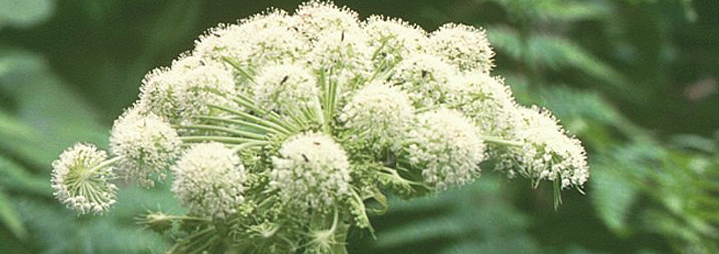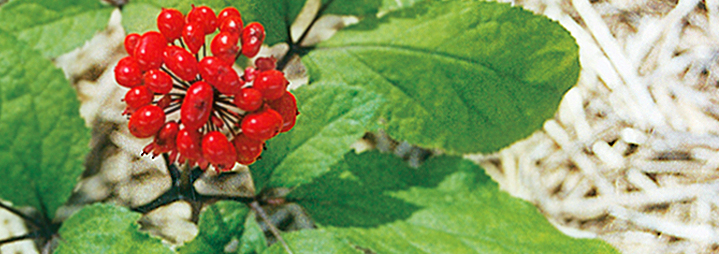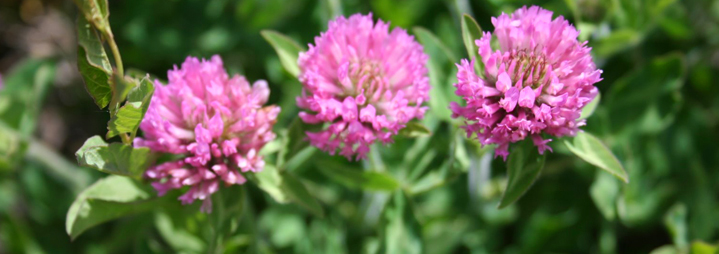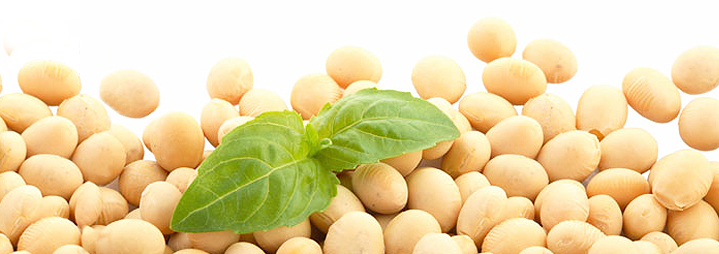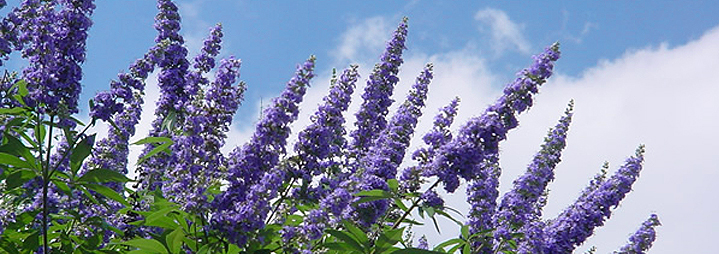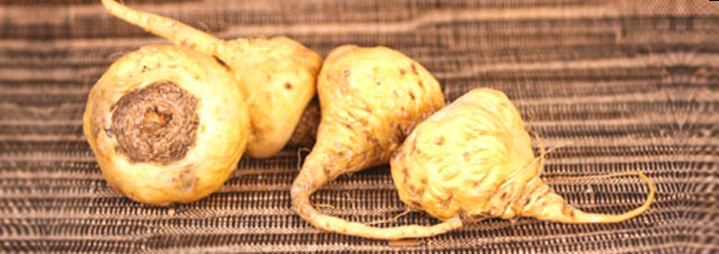Ginkgo Leaf
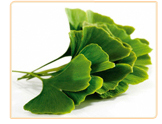 Ginkgo leaf is one part of the ginkgo plant that grows in various parts of china. The plant is deep rooted into Chinese culture and tradition and it is believed that it is one of the oldest plants known to man. The plant, from which the ginkgo leaf grows from, can grow up to 120 feet tall. Its extensive history is said to date back to over 200 million years. The leaves themselves grow to 5-10 cm and are fan shaped in appearance. Different parts of the ginkgo plant can be used for different curative purposes. Primarily people use the gingko leaf and fruit seeds.
Ginkgo leaf is one part of the ginkgo plant that grows in various parts of china. The plant is deep rooted into Chinese culture and tradition and it is believed that it is one of the oldest plants known to man. The plant, from which the ginkgo leaf grows from, can grow up to 120 feet tall. Its extensive history is said to date back to over 200 million years. The leaves themselves grow to 5-10 cm and are fan shaped in appearance. Different parts of the ginkgo plant can be used for different curative purposes. Primarily people use the gingko leaf and fruit seeds.
How does gingko leaf work?
The Chinese and Gingko Leaf
Thought to be extinct Chinese monks were rumored to have planted and protected the Gingko trees in order to repopulate them for medicinal purposes
The gingko leaf contains phytoestrogens which are a plant based chemical component with a structure not dissimilar to human estrogen. Using gingko leaf introduces these estrogens into the body and can rebalance any lost hormones. Such an imbalance of hormones is a cause of menopause symptoms and such symptoms can cause women approaching a later stage of life a great deal of discomfort and pain. Some menopause symptoms, such as osteoporosis can also cause fatal consequences over large periods of time.
What is ginkgo leaf used for?
Due to its ability to rebalance the level of hormones in women's bodies, gingko is often used to treat menopause symptoms. In addition to this, its unique properties are also used to treat a variety of other conditions, including:
 . Tinnitus
. Tinnitus
. Alzheimer's disease and dementia
. Sleep disturbances
. Memory lapses
. Vascular disease
Ancient Chinese medical practitioners primarily used gingko to improve the circulation of blood and the leaf is still used for this purpose today.
Advantages of gingko leaf with regards menopausal women
Stimulation of blood: Gingko has long been used to improve the circulation of blood. Such a stimulation of such a critical process of the body can improve nerve cell function and blood flow to the brain and immune system.
Improvements to mental capacity: Many today use gingko leaf to improve memory. For this reason it is well suited for the treatment of memory conditions such as: Alzheimer's and dementia.
Hearing disorders: Gingko leaf can also bring relief from a condition known as tinnitus, which causes the sufferer to hear a constant ringing noise.
Negatives of gingko leaf with regards menopause symptoms
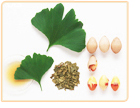 Not very effective at treating menopause symptoms: Memory lapses have been found to be the only menopause symptom that Gingko leaf is effective at treating.
Not very effective at treating menopause symptoms: Memory lapses have been found to be the only menopause symptom that Gingko leaf is effective at treating.
Harmful side effects: Gingko seeds, even if cooked have been known to cause intoxication. The prevalent effect of this is the onset of seizures.
Conclusions about ginkgo leaf
Gingko leaf has a number of benefits in the treatment of menopause symptoms, particularly in regards memory loss. Such treatment comes with a plethora of side effects though and it is for this reason that caution is advised when using such herbs to treat health problems.
Other solutions exist for the treatment of menopause symptoms. The side effects of phytoestrogenic herbs such as gingko leaf can sometimes outweigh the benefits of using such herbs. Other non-estrogenic treatments for menopause symptoms exist for the treatment of menopause symptoms and such an alternative is increasingly being used by women seeking relief from such symptoms.









